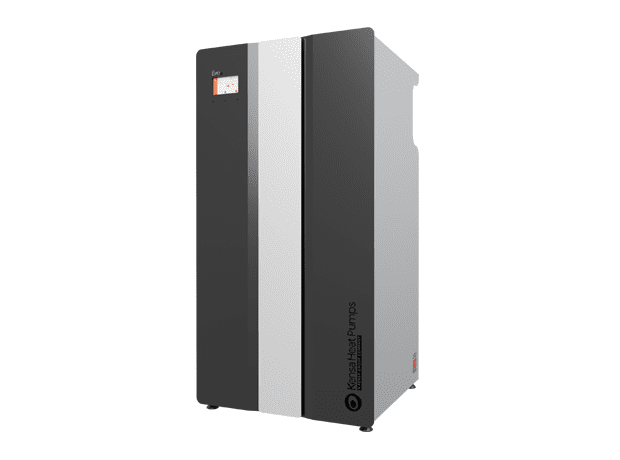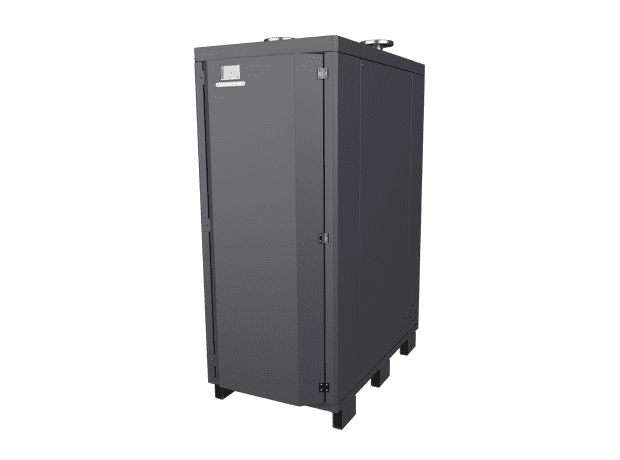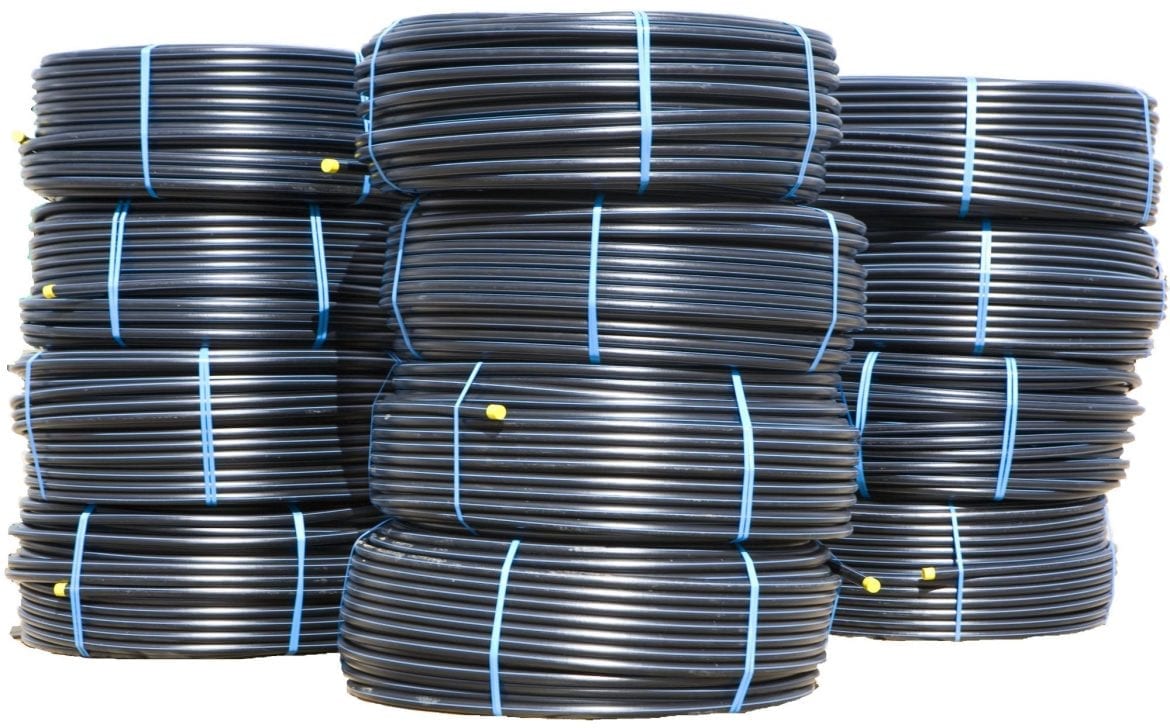Cock Robin Farm
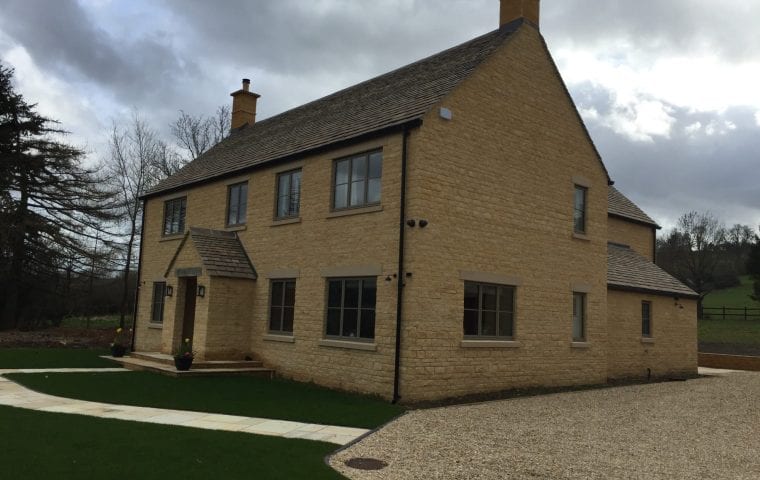
Ground Source Review: Cock Robin Farm.
In this ground source heat pump case study, Bob Pybus chose a Kensa 9kW Evo to provide heating and hot water to the five bedroom family home he was building on the site of a former farm in the scenic Cotswold countryside.
Ground Source Review: Cock Robin Farm
Cock Robin Farm is situated in 2.5 acres of charming Cotswold countryside close to the ancient Saxon town of Winchcombe, near Cheltenham, typified by its traditional stone houses.
The site was home to a former 1940s concrete farmhouse suffering from severe subsidence and an old barn which was once a tack room and dairy. Initially the substantial plot was being considered by a developer, but the planning application for six large properties was denied due to it being in an area of outstanding natural beauty (AONB).
In 2016, Bob Pydus and his wife purchased the plot with planning permission to demolish the existing farmhouse and build a modest 3,500sqft five bedroom family home. They also had plans to convert the barn into a two bedroom detached cottage with car port.
Bob had formerly worked for Shell and spent years living and working overseas. After retiring, he was looking for somewhere in the UK to make a home, when he came across Cock Robin Farm on its picturesque plot in the Cotswolds.
Whilst he was keen to avoid a never-ending renovation project, Bob relished the challenge of knocking down the existing buildings and starting again from scratch. As the project manager, he spent a lot of time on site and worked with local architects to draw up plans for the new buildings. One condition of the planning permission was that the development had to feature traditional Cotswold stone to blend in with the local landscape.
Choosing a ground source heat pump
As the plot is rural, there was no access to mains gas, and Bob was keen to use renewable technologies to heat his new home. Having heard bad reviews about air source heat pumps, he did his research into ground source heat pumps and found that his thinking was aligned with this technology. Cock Robin Farm also had the added advantage of acres of land available for slinkies.
Bob found Kensa online and was impressed by their in-depth knowledge of ground source heat pump technology and innovative new products:
I was impressed by the fact that not only was Kensa a British manufacturer, but that they specialised solely in ground source heat pumps and live and die by this technology.
All the documentation that they offered was very well done and extremely helpful during the installation. During the build, Kensa launched the Evo Series heat pump and we were confident that this new piece of kit would fit perfectly in with our project.
Bob was also keen to take advantage of Kensa’s MCS Umbrella scheme which offers assistance with the design, installation and commissioning of ground source heat pumps and ensures that the system is MCS compliant in order to be eligible for payments from the Government’s Renewable Heat Incentive (RHI: this scheme has now closed – please visit this page to explore other funding). This meant that Bob could dig the trenches and lay the ground loop himself, whilst working with a competent plumber to pipe up the ground source heat pump.
Bob said:
One advantage of using a ground source heat pump system is that we were able to incorporate the groundworks whilst laying the foundations of the buildings, whilst the actual installation of the heat pump came later. By being aware of the different stages of construction and forward planning we saved ourselves time and money.
Heat pump installation
The property adheres to modern building specifications and is finished to a high standard. The 9kW Kensa Evo heat pump is housed in a purpose-built utility room at the back of the house, whilst the cylinder, buffer tank and controls are set in a cupboard under the stairs.
Bob also installed a heating ventilation system which reduces the peak heat demand of the building by 25%, as well as underfloor heating throughout, both of which complement the ground source heat pump and help to improve its efficiency. The system has modern controls which allow Bob to adjust the temperature in individual rooms and use set points to prevent them dropping below the optimum temperature.
As this was a two-part build project, Bob initially focussed on converting the barn into a single-storey cottage and moved into this whilst the main house was being finished. The cottage is temporarily heated by an oil burner, but all the necessary groundworks are in place to install a ground source heat pump in the near future.
The whole project took around 13 months, from the demolition of the existing building, to moving into the completed house. In addition to his ground source heat pump, Bob also has plans to install other renewable measures, including field-mounted solar panels which will generate electricity to power the heat pump.
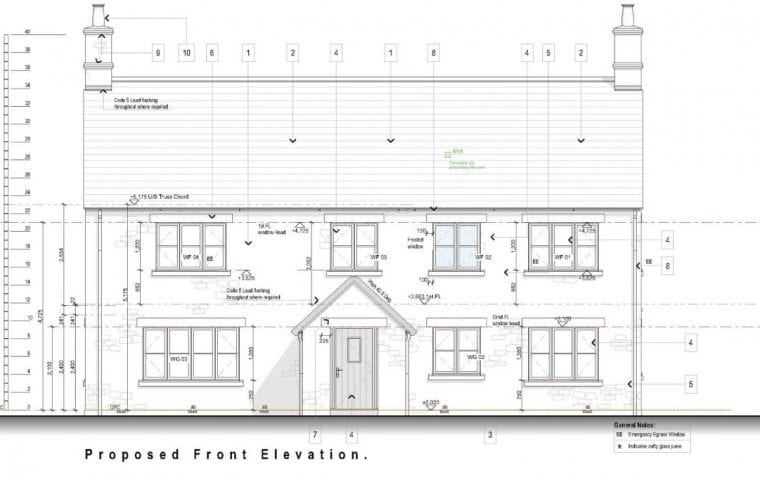

Cock Robin Farm ground source heat pump case study: front elevation plans


Cock Robin Farm ground source heat pump case study: external after
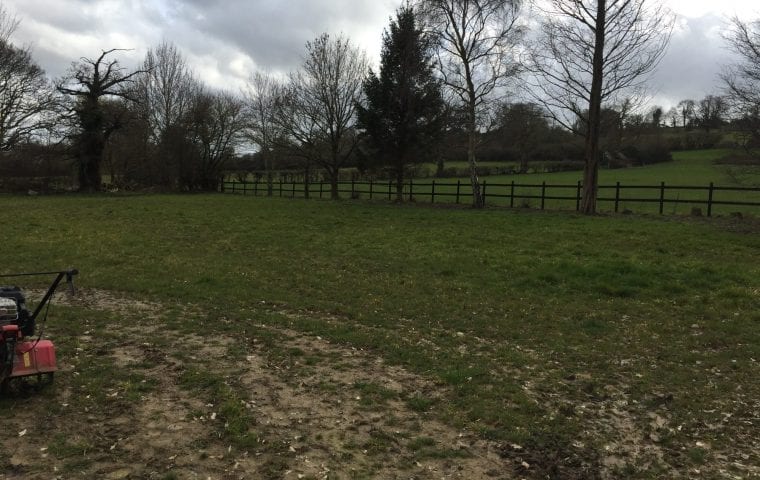

Cock Robin Farm ground source heat pump case study: ground loop field
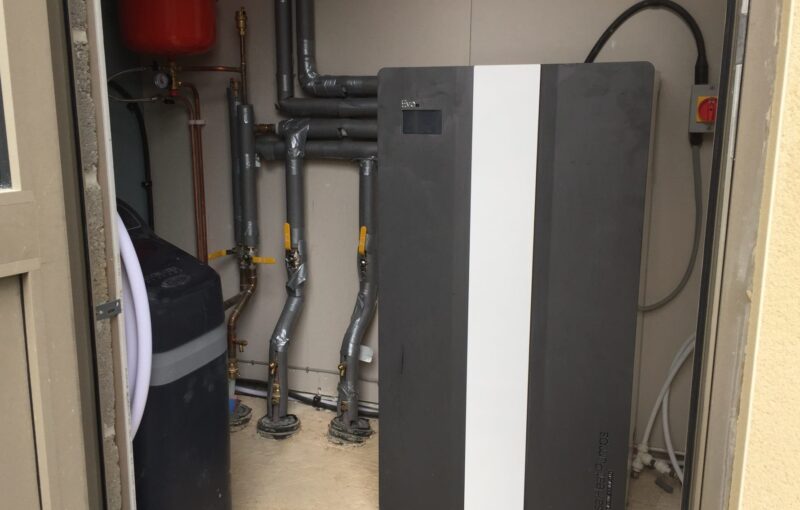

Cock Robin Farm ground source heat pump case study: Evo ground source heat pump installed
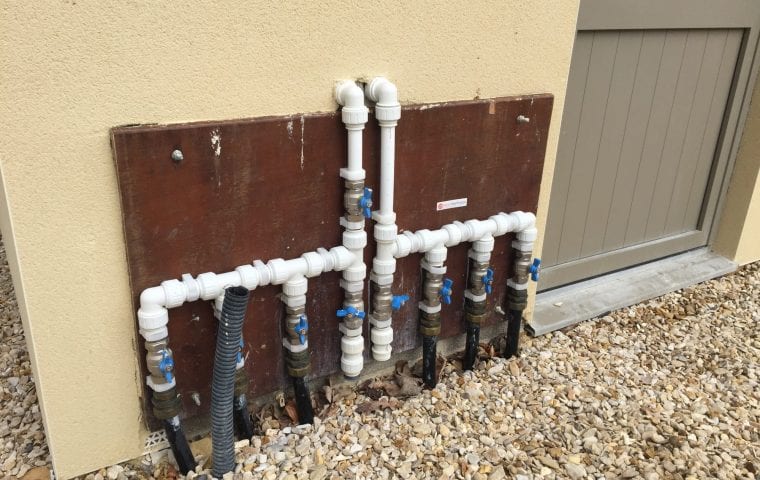

Cock Robin Farm ground source heat pump case study: six way manifold



